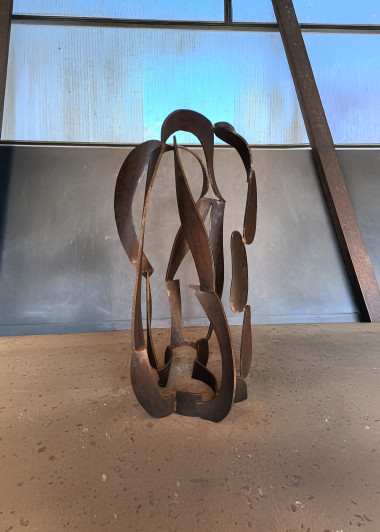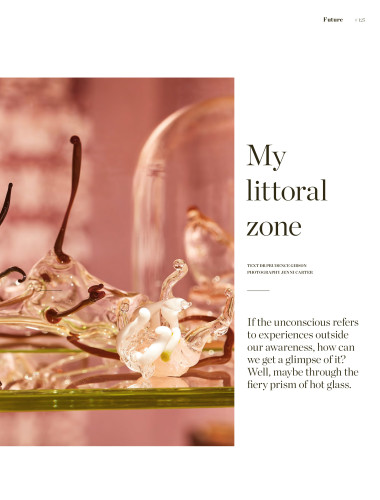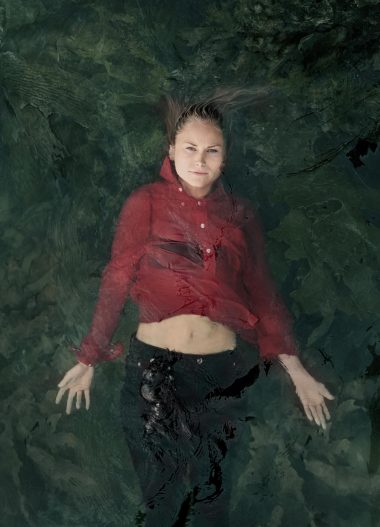The Post is putting the spotlight on New Zealand artists who showed at this year’s prestigious Sydney Contemporary, Australasia’s biggest art fair. Today we speak to New Zealand-born, Sydney-based observational painter Marie Mansfield, who debuted a subdued series of still life works with Nanda\Hobbs Gallery.
MM: These pieces are a continuation of work from a show at Nanda\Hobbs at
the end of 2023. They explore the appeal of unease. That’s my shtick. These are almost like situations where a stage is set, and people can come in and they have an interaction and they leave. It’s human presence and absence. My paintings set up the scene, and you don’t know what’s about to happen or has happened. It leaves
it open.
AC: I see the unknown, the shadow realm, and no people, but they indirectly feature
in the spaces and objects you’ve focused on.
MM: It’s pretty funny because I paint portraits. With the bedroom painting, someone could come in and meet a mate and have the time of their life, or someone could come in and they’ll be breaking up. These are darker than my usual paintings. I became quite reductive and graphic with the context of these works. Even with the lighting, there’s not so much information. I'm using a lot more black.
Edmund Burke wrote a book about the sublime in the 1700s. What he was saying is that things that are obscured or not clearly seen are more compelling. I'm not saying that's the premise and the reason why I do it, but it's what intrigues me. I prefer everything not being out in the open, and a little bit of mystery. These are stage sets with shifting plays – except the flowers. These are places people and come and go. The interactions are developing. They host moments.
AC: I can see moonlight, or the light of day just peeping through the curtain; dimmed lamps. None of these light sources are harsh. The works feel quite private – almost like I’m looking at someone else’s space. Which makes the idea of unease interesting. It feels like there might be lovers just out of the frame, or the person sleeping in the bed has just got up to use the bathroom. We don’t have all the facts. Something is hidden. They’re fragments.
MM: They’re slightly voyeuristic. There’s so many interpretations. With the bed, it could be someone finally got to sleep in, or someone had a restless night. Or people were intimate. There’s so many stories that can be bound to that image, and it’s. personal to the viewer. It’s the viewer’s interpretation. It could be funny, it could be sad. The orchid is at its zenith.
AC: These are subversive portraits. It’s an extension of a portrait into space. I feel like these could be moments from the same lives, or different people. These spaces give us clues about the people who use them. What do these works mean to you?
MM: I’m someone who’s private, but I enjoy moments as well. I don’t think you need to tell a whole story or give the whole game away. And coming from New Zealand, I think in the South Island, things are very empty sometimes, and a little bit dark. Sydney is just beautiful, I’ve been here for quite a few years. I call it the resort, even on a bad day. I’ve presented something here that’s reduced; moments. It’s not explained. And I kind of like people to put their own story or interpretation to it.
– As told to André Chumko



